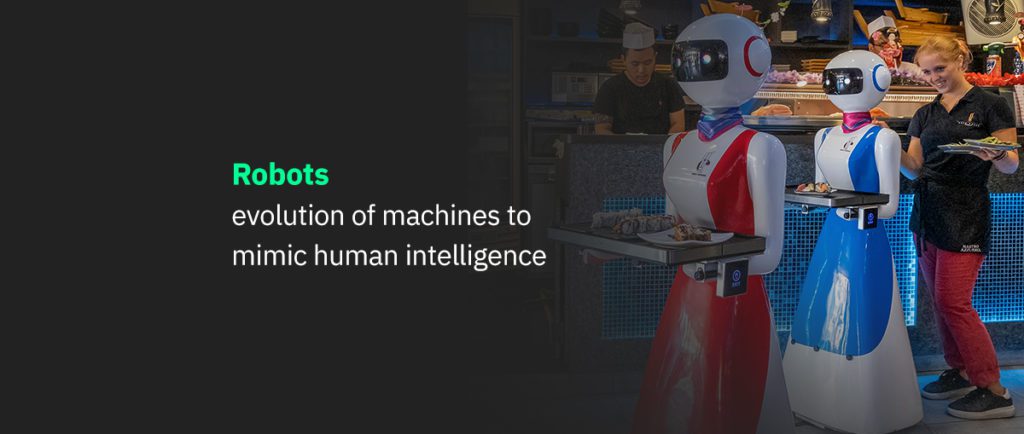
Autonomous machines or robots are being used across industries all over the world. Robots were created with an idea of performing the functions of a human mind. This idea even carved ways for many philosophical arguments. Although robots are capable of simulating human mind to some extent, they are not capable of feeling any emotion like a human mind does, because of which many philosophers expressed their concerns regarding the ethical or the moral side of it. Another concern that let to argument is if somehow robots replace a human mind entirely, the issue of unemployment would be a threat to the world.
Also Read: Impact Of Industry 2-0 On Business Model Innovation
Since the invention of robots in the early 1950s by George C. Devol, researchers of Artificial Intelligence have been through a roller coaster journey. They have seen success as well as failures to land at the position it is in present time. The prime goal of the researchers of Artificial Intelligence is to make these machines work on reasoning, planning, knowledge representation, natural language processing, perception and the ability to move and manipulate objects.
Also Read: Role Of Augmented Reality In Digital Transformation
Some examples that reflect the thriving journey of Artificial Intelligence are autonomous vehicles, medical diagnosis, search engines such as Google search, online assistants, image recognition in photographs etc.
Also Read: Social Media Addiction: The AI-ML Game Plan
There is no doubt that robots are now an integral part of society, and cheap sensors and powerful computers imply that in the coming years, these robots would soon act on their own. New York Times science writer John Markoff searches for an answer to one of the most important questions of our age: will robots help us, or will they replace us? In the past decade Google introduced us to driverless cars, Apple debuted a virtual assistant that we keep in our pockets, and an Internet of Things connected our everyday tasks to the farthest possible reaches of the internet. This new era offers the promise of immense power of technology, but also reframes a question first raised more than half a century ago, at the birth of the intelligent machine: Shall we control these systems, or will they control us? In Machines of Loving Grace, New York Times reporter John Markoff offers a sweeping history of the complicated and evolving relationship between humans and computers.
Also Read: How Will Digital Disruption Impact Your Career
As we are on the verge of a technological revolution with the evolution of robots, there’s no doubt humanizes machines will profoundly transform the way our lives are organized. Hence, it is critical for developers to draw a bright line between what is human and what is machine and design them in a way that complements human intelligence, rather than replacing it.
Also Read: Secret Weapons Of Digital Marketing
Data courtesy: NY Times and standford.edu
Admissions are open
You can download the application form with this form

